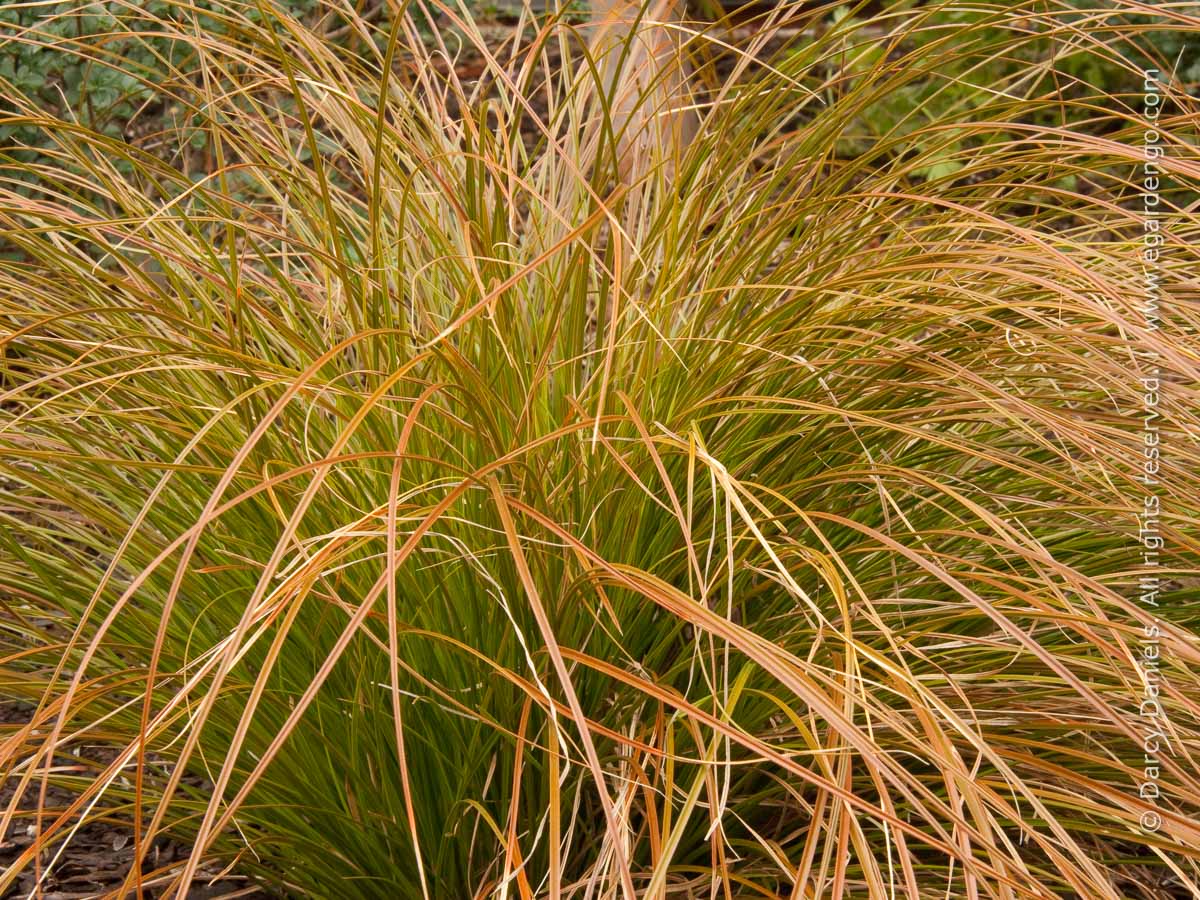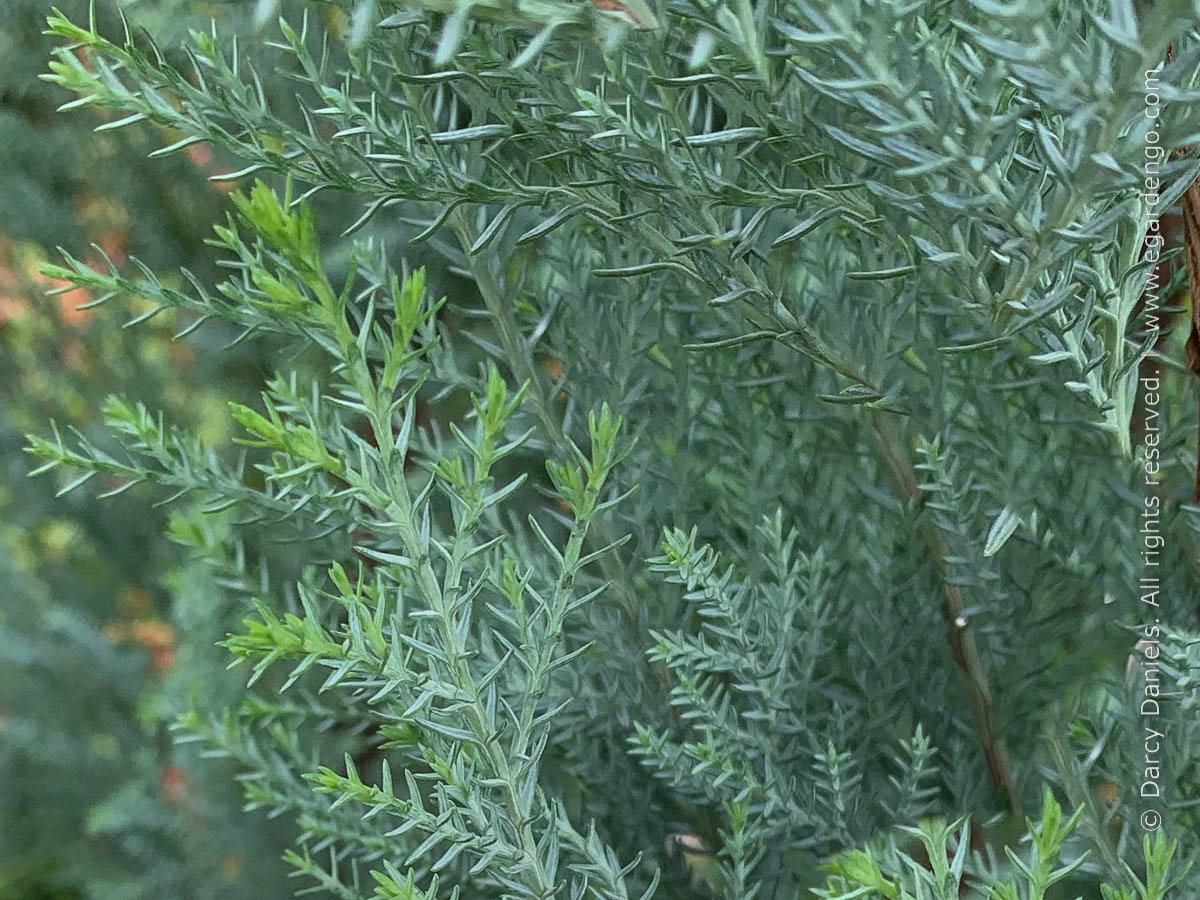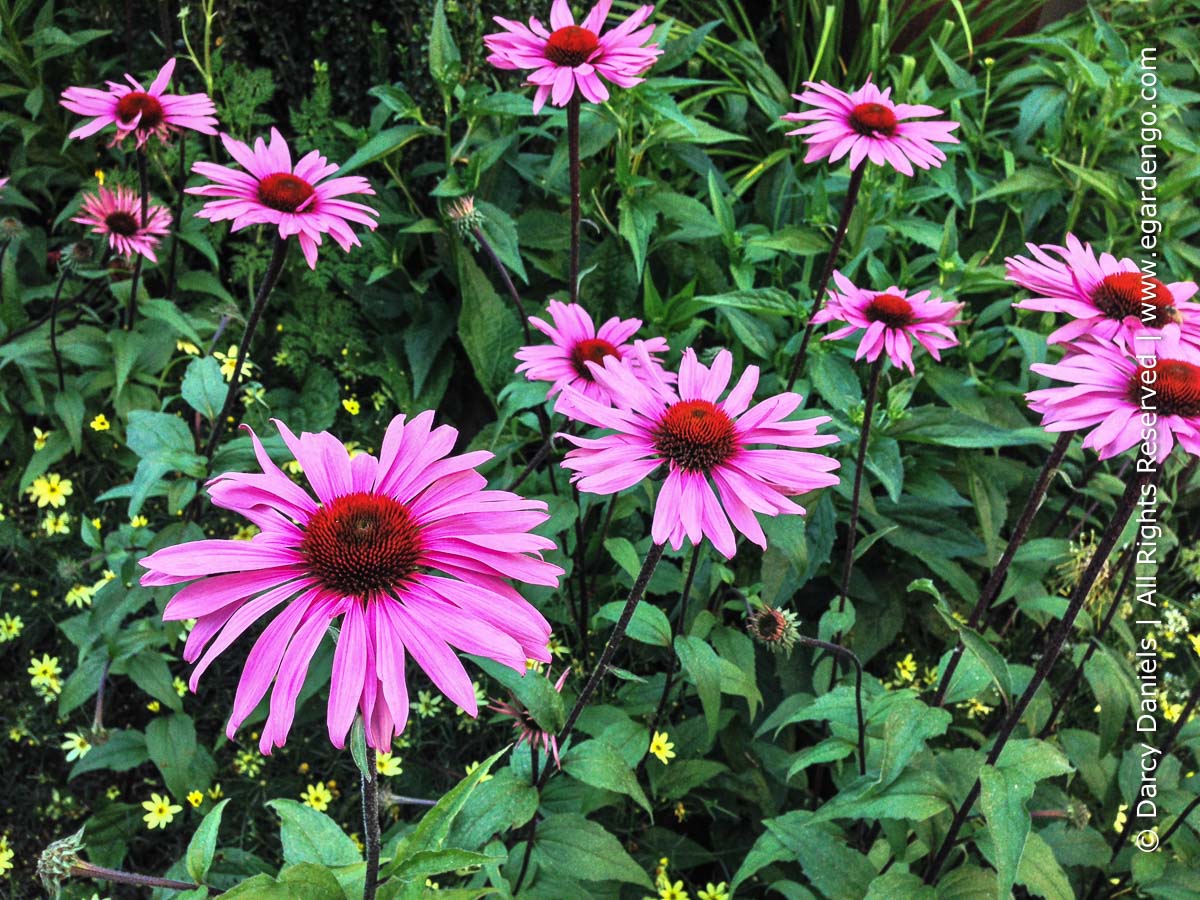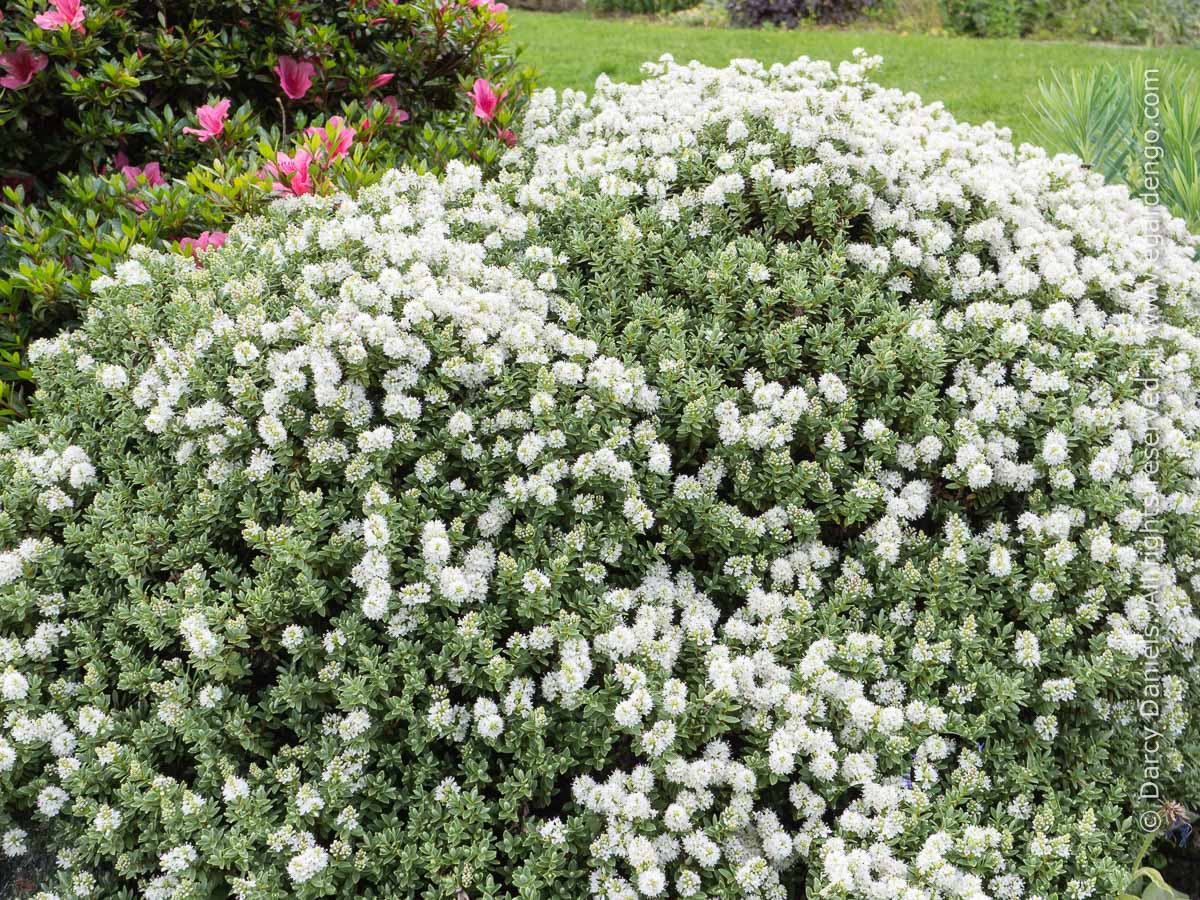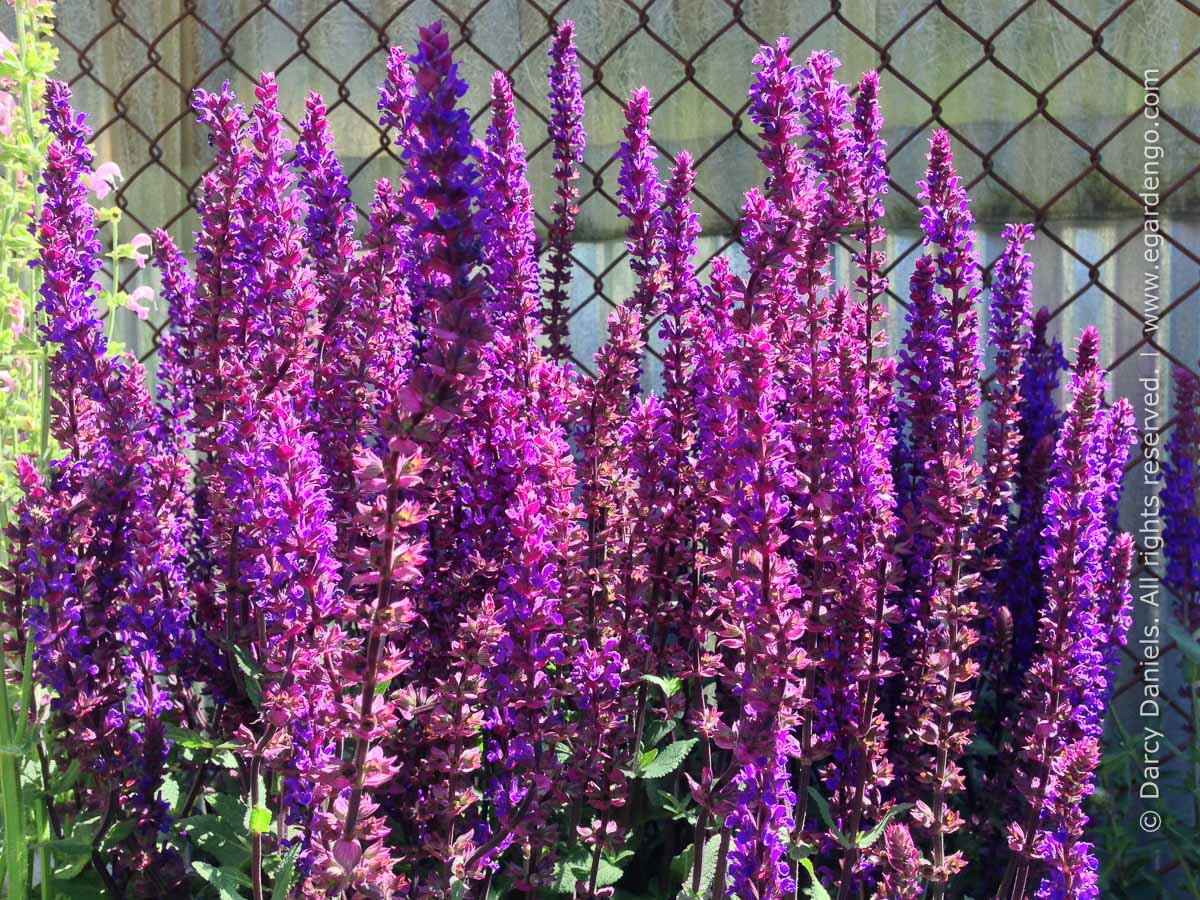When I pick up my pencil to doodle, my squiggles usually start morphing into plant shapes. I guess I’m a bit obsessed by the study of plants as shapes, textures, and masses, and by thinking about how to create balanced vignettes that are pleasing to the eye. Once I've started drawing, I often end up with sketches that help me pick the right plants for real-life combos.
I’ve posted several times about the idea of picking plants by describing them as shapes, textures, their color or the quality of the leaves, and/or what job you need them to do for you in your garden. You can review some of those thoughts in these posts:
- Solving the Planting Design Puzzle
- Plant Combo Focusing on Plant Shape and Foliage Color
- 5 Tips for Picking Plants Like a Garden Design Pro
A while ago while on a cross-country flight—remember those? 😉—I passed the time by churning out hand-drawn sketches of garden scenes; creating elevation-view sketches and then converting them into garden plans. That often happens to me when I have down time. The best of these drawings eventually get translated to a digital medium once I recreate them on my iPad in a format that allows me to upload them to the eGardenGo site. But there’s something about actual, physical pencil-to-paper that's still the fastest and most freeing for me. I’ve created this series of short videos to capture this sketching technique in real time—warts and all!
Part One: Intro — You Can Do This, and I'll Show You How
Part Two: Create a Free-Form Elevation Sketch
Part Three: Create a Planting Plan from Your Sketch
Part Four: Putting it All Together — Picking Plants!
Meet the Plant Possibilities

Below are the plants that I landed on at the conclusion of the brainstorm exercise depicted in the videos above. Seen together, I'd say they hold up to scrutiny and work well together.
Was my first idea perfect? No. Sure, it was definitely a solid starting point. However, upon further consideration I decided to change out the grass selection. Instead of the Carex oshiomensis 'Everillo' mentioned in the video, I'm displaying Carex testacea below because I think it works even better. Carex testacea is more pleasing to me—its coppery-bronze foliage color feels more harmonious and a bit less jarring than the strong acid-yellow of C. 'Everillo'. If you prefer a jazzier display, you might want to stick with it.
Carex testacea
Orange Sedge
Type:
Grass / Grass-Like, Groundcover, Perennial
Exposure:
Full Sun, Full Sun, Part Sun, Part Shade, Afternoon Sun, Reflected Heat, Morning Sun
Zone:
7, 8, 9, 10
Chamaecyparis lawsoniana 'Blue Surprise'
Blue Surprise False Cypress, Port Orford Cedar, Lawson False Cypress
Type:
Conifer, Shrub
Exposure:
Full Sun, Afternoon Sun
Zone:
6, 7, 8, 9
Echinacea 'Merlot'
Merlot Coneflower
Type:
Perennial
Exposure:
Full Sun, Full Sun, Afternoon Sun, Reflected Heat
Zone:
4, 5, 6, 7, 8, 9
Eucomis comosa 'Sparkling Burgundy'
Sparkling Burgundy Purple Pineapple Lily
Type:
Bulb / Corm / Tuber, Perennial
Exposure:
Afternoon Sun, Full Sun
Zone:
10, 11, 8, 9
Hebe pinguifolia 'Sutherlandii'
Sutherland hebe
Type:
Shrub
Exposure:
Full Sun, Full Sun, Afternoon Sun
Zone:
6, 7, 8, 9, 10, 11
Salvia nemorosa 'Caradonna'
Caradonna Sage
Type:
Perennial
Exposure:
Full Sun, Full Sun, Afternoon Sun, Reflected Heat
Zone:
5, 6, 7, 8, 9


